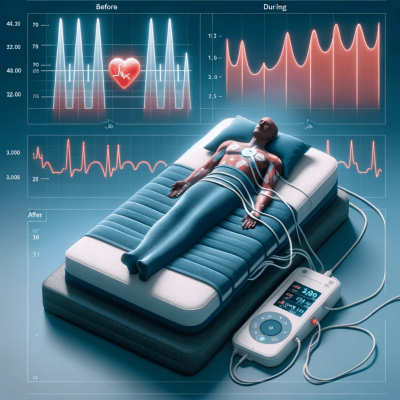In today?s news, veterans of the US armed forces who are experiencing an “acute suicidal crisis” are eligible for free treatment, which includes up to 30 days of inpatient and up to 90 days of outpatient care. Meanwhile, according to recent studies, following political news may be detrimental to one’s mental health. Additionally, the 988 number, which was introduced in the middle of July of last year has seen an increase in both usage and donations in the first several months of operation.
Table of Contents
ToggleFree emergency mental health care for veterans
Original Source: Military veterans can now receive free emergency mental health care
On Tuesday, US military veterans in a “acute suicidal crisis” can access free inpatient and outpatient care for 30 and 90 days, respectively.
On Friday, the Department of Veterans Affairs announced enhanced treatment to ?prevent veteran suicide by assuring no cost, world-class care to veterans in times of crisis.? The announcement stated that veterans can receive care at any VA or non-VA health care facility without enrolling in the VA system.
?Veterans in suicidal crisis can now receive the free, world-class emergency health treatment they deserve ? no matter where they need it, when they need it, or whether they’re enrolled in VA care,? VA Secretary for Veterans Affairs Denis McDonough stated in the statement. ?This expansion of care will save Veterans’ lives, and that’s everything.?
The VA will pay for or repay veterans who were dismissed after two years of service under non-dishonorable conditions under the new policy.
Former service members, including Reserves, who served “more than 100 days under a combat exclusion or in support of a contingency operation” and were discharged under conditions other than dishonorable will also be covered by the policy, as will veterans who were sexually assaulted, battered, or harassed.
The VA’s announcement states that the policy will “[p]rovide, pay for, or reimburse for treatment” of qualified veterans’ emergency suicide care, transportation charges, and follow-up care at a VA or non-VA hospital, including 30 days of inpatient and 90 days of outpatient.
After emergency suicide care, the VA can make “suitable recommendations,” determine veterans’ eligibility for additional VA services and benefits, and send veterans to other VA programs and benefits.
In 2020, 6,146 US veterans committed suicide, down 343 from 2019. According to the research, suicide was the 13th highest cause of veteran deaths in 2020 and the second among veterans under 45.
In October 2022, the Defense Department reported that 519 US service members?active duty, Reserve, and National Guard?suicided in 2021.
The White House’s 2021 military and veteran suicide prevention strategy’s second priority was expanding care for high-risk veterans. ?Individuals at immediate or high risk of suicide should be given equal access to high quality crisis care and follow-on support,? the plan paper added.
In the 2021 report, President Joe Biden said the US is “falling short” of the “one genuinely sacred commitment to Americans… to care for them and their families when they return.”
?We must do everything we can to fulfill our most important obligations,? he stated. ?We owe it to the memory of those we’ve lost?and to the futures of those we might save.?
Study finds political news harms mental health
Original source: Study Suggests Political News Negatively Impacts Mental Health
Most people follow current events. People watch TV or scroll through their newsfeeds for political, current affairs, and weather updates.
New research reveals that political news may harm mental health.
The Journal of Personality and Social Psychology study concluded that everyday political news exposure harms mental health and wellbeing. While disengaging from politics may lower mental health concerns, it may also reduce political motivation.
The University of Toronto team recruited 198 US residents to answer questions about the political event or issue they thought about most that day every night for two weeks to study how daily political news affects mental health.
Participants documented their emotional response to the political event, how they managed it, their mental and physical health, and whether they were motivated to take political action.
Even positive political occurrences induced negative feelings, the team discovered. Politics-related unpleasant emotions were associated with poorer mental and physical health. They also felt more political motivation.
Distraction and cognitive reappraisal (reframing political news positively) helped participants manage unpleasant politics-related emotions. These measures improved mental health but decreased political action.
The scientists expanded the study to include Democrats, Republicans, and non-partisans in the second portion.
Instead of asking participants to think about political news, the team showed them snippets from conservative and liberal news programs. Liberals watched Rachel Maddow and conservatives Tucker Carlson Tonight.
The experiment showed that political news clips raised negative feelings but not non-political clips. As in the previous trial, negative emotions from political news increased political action.
Finally, the researchers asked people to counteract political negative emotions. Distraction and cognitive reappraisal. Like the first experiment, these solutions reduced negative emotions and boosted wellbeing but decreased political motivation.
The study’s findings show how political events affect the typical person’s mental and physical health. It also shows how far politicians’ influence extends.
They also suggest more research to establish if these findings apply to other nations.
988 Lifeline usage and funding increase in first months
Original source: 988 Lifeline sees boost in use and funding in first months
Within five months, the 988 Suicide and Crisis Lifeline received over 1.7 million calls, messages, and chats. That’s roughly half a million more than the 10-digit Suicide Prevention Lifeline received in the same period last year.
The 988 number, launched in mid-July last year, is modeled on 911 and connects suicidal persons to mental health professionals.
“We see the spike in volume as an indicator that more individuals are aware of the program and are able to utilize it,” says Kimberly Williams, president and CEO of Vibrant Emotional Health, the non-profit that manages the nationwide 988 network of almost 200 crisis centers.
Helping more people faster
People are reaching out and getting aid.
The Lifeline received 154,585 more calls, texts, and chats in November 2022 than in November 2021, according to federal data. Abandoned calls dropped from 18% to 12% in November 2021.
Last November, the average counselor wait time was 36 seconds, down from 3 minutes in November 2021.
“So more folks are being connected to those skilled counselors and they’re being connected more swiftly to the life-saving treatments that are available,” says Dr. John Palmieri, a psychiatrist managing the 988 launch for the Substance Abuse and Mental Health Administration.
Texting and chatting to the Lifeline has increased the most in recent months.
“We know that texts and chat are modalities of communication that are favoured by younger callers, younger persons in crisis, and that those younger people tend to be in more acute stages of distress,” adds Palmieri.
He adds that this group need faster response.
Culture-sensitive counselors
The 988 Lifeline also works to improve crisis treatment for underrepresented groups.
Williams of Vibrant Emotional Health said it established a trial program last September to connect people with LGBTQ youth counselors. The Trevor Project, the LGBTQ suicide prevention leader, provides those services.
“This trial is going to allow us to construct a formal and permanent sub-network,” Williams says.
Washington’s Native and Strong Lifeline, part of the national 988 network, started in November. Williams says Native crisis counselors “are trained in crisis intervention support, with specific emphasis on cultural and traditional practices connected to healing” for state residents calling 988.
New York author and therapist Natalie Gutierrez, who handles intergenerational trauma and complicated post-traumatic stress, says more individuals of color are calling the 988 Suicide and Crisis Lifeline.
“I’m appreciative that there is a space that you can reach out to 24/7 for everyone, and especially marginalized communities that even struggle sometimes even communicating with other people face-to-face about just what they’re holding and the suffering that they’re carrying,” Gutierrez says. “I think we’re getting a lot more people using these helplines and crisis lines because folks are really wanting to move away from these stigmas.”
“The fact that you can be anonymous, and call in and you can have these talks is really, really significant,” says Timothy Jansen, CEO of Crisis Community Services Inc. in Hyattsville, MD, a 988 network member and regional backup center for Vibrant Emotional Health.
He says diversifying his crisis center’s staff has helped reach marginalized groups. “You’re phoning in and the persons that are answering the phone are just like you” matters.
988 Lifeline will add video chat later this year.
“People who are deaf or hard of hearing, suffering distress or mental health concerns can utilize their videophone enabled device to call the 988 Lifeline,” says Williams.
Funding increased network capacity
The findings imply that “the investments that have been made in the system truly have made a difference with respect to the performance overall of the network,” says SAMHSA’s Palmieri.
The 988 Lifeline has received about $1 billion in federal funding, including over $500 million in the congressional spending bill. Many states have passed 988 funding laws.
Williams adds that the money supports the Spanish-language network and backup call centers for callers who can’t reach local call centers.
Jansen says local 988 crisis centers have never received considerable federal assistance.
He has also quadrupled his staff with the money.
He estimates that 75?80 people answered phones and spoke. “A little over 300 currently.”
He’s also hired more supervisors and data experts to improve counselors’ treatment.
He emphasizes that not all crisis centers nationwide have grown as his has.
Jansen says many facilities are having trouble hiring. “It doesn’t pay a million. Hard work. Calls and chats cause secondary and tertiary trauma.”
Monthly data from the nationwide 988 network shows huge state-to-state performance variation.
In November 2022, 89% of contacts in Maryland, where Jansen works, were connected to counselors. Texas had 63%.
Because many states haven’t funded their local crisis call centers and related services.
According to the National Alliance for Mental Illness, only five states have passed legislation to finance 988 with a small fee on cell phone bills, like 911. Only 16 states have trust funds to permanently fund 988 and related crisis services.
Other mental health care services
Despite the network’s recent improvement, 988 counselors can only support clients with persistent mental health issues so much.
Jansen believes social workers and mental health experts are scarce. “So folks end up at long-waiting spots.”
Williams also notes a lack of mobile crisis teams and crisis stabilization units, which provide mental health urgent care outside of hospitals.
“Many localities don’t have this range of support options,” she continues.
“States must commit long-term, ongoing funding in mental health crisis services that people need in emotional distress.”
She and other mental health advocates hope that now that 988 is up and running and reaching more individuals, states will invest in other mental health treatment systems.
Summary of today?s mental health news
Overall, US military veterans in an “acute suicidal crisis” can receive free inpatient and outpatient care for 30 and 90 days, respectively. According to the announcement, veterans desiring that care can go to any VA or non-VA health care provider. Veterans dismissed after more than two years of service under other than dishonorable conditions are eligible for VA-paid or reimbursed care under the new policy.
Additionally, new research reveals political news may harm mental health. The Journal of Personality and Social Psychology study concluded that everyday political news exposure harms mental health and well-being. While disengaging from politics may lower mental health concerns, it may also reduce political motivation.
Finally, over 1.7 million calls, texts, and chats were made to the 988 Suicide and Crisis Lifeline in its first five months. That’s over half a million more than last year’s 10-digit Suicide Prevention Lifeline. The federal government has invested up to $1 billion in the 988 Lifeline, including a little over $500 million in the federal spending bill. The 988 network is funded by numerous states. Only five states have passed legislation to finance 988 with a small cost on cell phone bills, similar to the 911 fee, according to the National Alliance for Mental Illness. 16 states have established a trust fund to fund 988 and related crisis services permanently.








